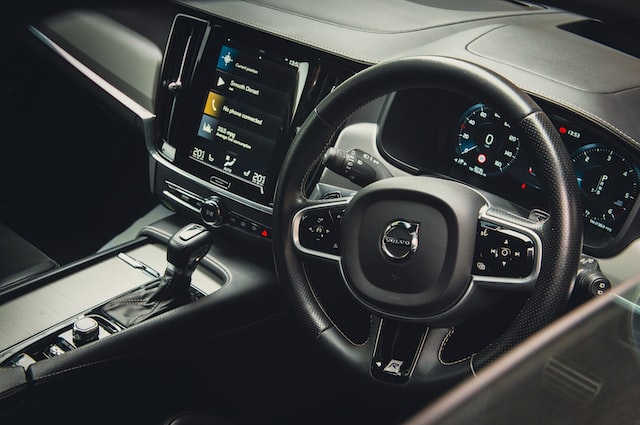Distraction-Free Driving
A recent study by AAA and the University of Michigan found that driving with voice-activated phone systems can cause drivers to become distracted. The researchers looked at the performance of three different phone systems and 10 different car models. They rated the systems using a five-point scale. A category one distraction equals listening to music, Category two is talking on the phone, and Category three is sending voice-activated tests or posting on social media.
The distraction caused by voice systems varied between vehicle models, but all were found to be a category two or higher. The systems in the Chevy Malibu and Buick Lacrosse were rated as mildly distracting, while the systems in the Hyundai Sonata and Toyota ranked high. Distraction caused by voice systems is a concern, and AAA has analyzed results from a wide range of studies to help improve future systems.
According to a study published by the AAA Foundation, drivers who use voice-activated systems and hands-free devices while driving can become distracted for as long as 27 seconds. That’s equivalent to driving three football fields while blindfolded. Distraction from the use of voice-activated devices can increase the risk of accidents, but fortunately, it’s possible to limit its effects on driving.
Cost-Savings
Voice-activated car systems are a great step in customer-centric design and customer acceptance. For many customers, the lack of familiarity with car OEM interfaces and HMI complexity are big hassles. Fortunately, voice-activated car systems remove these frustrations by letting drivers speak naturally to a virtual assistant to activate functions and services. Also, this technology enables OEMs to provide proactive recommendations to their customers.
Multi-Language Capabilities
Ford has announced that its new SYNC voice control car system will be available in 19 languages. The company has worked with Nuance Communications to optimize the SYNC experience to accommodate the needs of various markets. Ford SYNC will be available in U.S. English, British English, Spanish, and European French. Other languages supported will include Arabic, Korean, Brazilian Portuguese, Russian, Turkish, and other languages.
In addition to this, it supports a variety of accents. For instance, in India, you can use “hinglish” to communicate with the car system. You can also use Bengali to speak to it. This multi-language capability is already available in a handful of cars, including Tata’s Altroz and Nexon.
The in-car voice control system is an advancement in AI technology. By combining cognitive computing, natural language understanding, and artificial intelligence, today’s voice systems become more natural and convenient for the driver. These innovations have made it possible to improve speech recognition capabilities and multi-language capabilities. The system also recognizes accents and adapts to regional preferences, making it easier for the driver to interact with the system.
Faster Than Typing Out Commands
There are a couple of advantages to using voice control with your car. First, it’s faster. Typing is much slower than speaking, so you don’t need to spend time trying to pronounce the right words. The second advantage is that it allows you to use the same voice for different tasks, such as e-mail or music playback.


